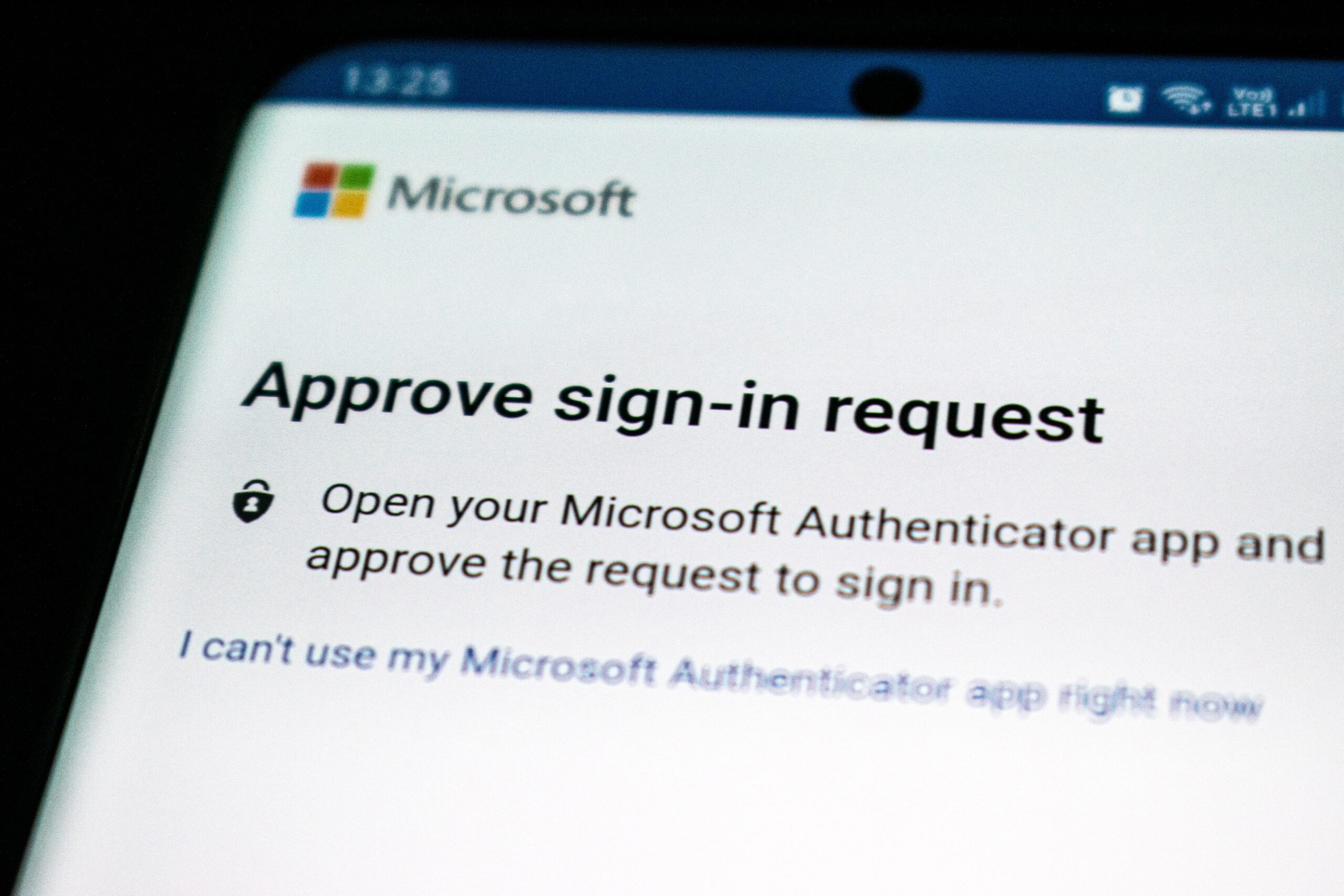Enhancing Security with Multi-Factor Authentication

In an increasingly digital world, the importance of safeguarding sensitive information and online accounts cannot be overstated. As cyber threats continue to evolve and become more sophisticated, traditional methods of protecting our digital presence have become inadequate. This is where multi-factor authentication (MFA) plays a crucial role in fortifying the security of our online identities and data.
What is Multi-Factor Authentication?
Multi-factor authentication, often abbreviated as MFA or 2FA (Two-Factor Authentication), is a security measure that goes beyond the traditional username and password combination. It requires users to provide two or more forms of verification before granting access to their accounts or data. These factors fall into three main categories:
- Something You Know: This is the traditional username and password combination. It’s information that only the user should have knowledge of.
- Something You Have: This factor involves possessing a physical item, such as a smartphone, security token, or smart card that is needed for authentication.
- Something You Are: This refers to biometric information, like fingerprints, facial recognition, or voice recognition.
How Does MFA Work?
When you enable MFA for an account or system, the process typically involves the following steps:
- You enter your username and password as the initial authentication step.
- The system then requests one or more additional factors, such as a one-time code sent to your smartphone or a biometric scan.
- Once you provide the additional factor(s), the system validates them, and if they match the expected values, access is granted.
The Benefits of Multi-Factor Authentication
- Enhanced Security: MFA significantly bolsters security by making it much more difficult for unauthorized users to access an account or system. Even if a hacker obtains your password, they would still need the additional authentication factor to gain access.
- Protection Against Credential Theft: In the event of a data breach or password theft, the stolen credentials become nearly useless without the additional factors.
- Reduced Risk of Phishing Attacks: Phishing attacks often rely on tricking users into revealing their passwords. MFA provides an additional layer of defense against these social engineering tactics.
- Compliance and Regulatory Requirements: Many industries and government regulations require the use of MFA to protect sensitive data, ensuring compliance with legal obligations.
- Peace of Mind: Users can have greater confidence that their accounts and data are secure, reducing anxiety about online security.
How to Implement MFA
Implementing multi-factor authentication is relatively straightforward and varies depending on the service or system you’re using. Here are some general steps to enable MFA:
- Choose the Right MFA Method: Select an MFA method that suits your needs. Common options include text messages, mobile apps, or hardware tokens.
- Set Up MFA: Log into your account or system and navigate to the security or account settings. Enable MFA and follow the setup instructions.
- Verify Backup Methods: It’s essential to set up backup methods in case you lose access to your primary authentication factor.
- Use a Trusted Device: Always use a trusted device when setting up MFA. Ensure your smartphone or computer is secure and not compromised.
Conclusion
Multi-factor authentication is a critical component of modern online security. It provides an extra layer of protection, reducing the risk of unauthorized access, identity theft, and data breaches. As the digital landscape continues to evolve, implementing MFA has become a necessity for individuals and organizations alike. By making this simple yet effective security measure a part of your online routine, you can better safeguard your digital identity and assets in an increasingly complex and interconnected world.




